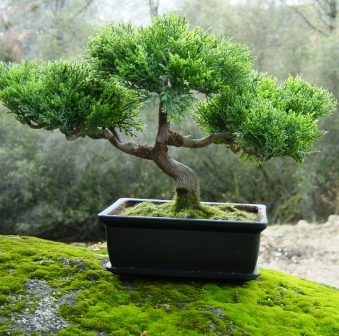This way, you are certain of a direct benefit from growing your own plant garden. Come up with a plan for the arrangement of the plant plants in the garden also. The initial consideration is the frequency of yield. Evergreen plants, or those that yield veggies for consistently across the year must be placed at the back of the garden, where it's going to be undisturbed by whatever gardening activities you will have in the remainder of the garden. Put the crops that produce early yield together. These crops include radishes, spinach, carrots, beets, and so on. Make some space for replanting successively. Once these crops have seen their yield, you can plant in their place crops that produce yield later on in the season. The last consideration for arrangement is the actuality that there are plants that can't grow beside other plants.
Take under consideration which crops repress the expansion of the other. For example, potatoes are able of suppressing the growth of both crush and tomato plants. Broccoli also suppresses tomato expansion. Beans, on the other hand, repress the expansion of onions. Carrots also repress the expansion of dill plants. This doesn't prevent you from planting all of these plants in the garden. This only acts as evidence of which plants you need to separate from the other when planting plant gardens.
- GPS Tracking Device
- Apple Macintosh Computers An Introduction
- Toy Wooden Shopping Trolley
- Antique Bibles
- Wakeboarding, Waterskiing Sale
- Pet Supplies
- Accessories, Parts
- body-jewelry.shop-1st.biz
- Toy Painted Lion Chair
- Toy Fiesta Tooting Teddy Train
- Parts, Components VoIP
- Ending Soonest Blackberry Phones
- UK Bee Keeping
- 1st-bedding.info
- 1st-childrens-games.info
- Campgrounds Information
- Toy Lemon Sorbet Dining Room











